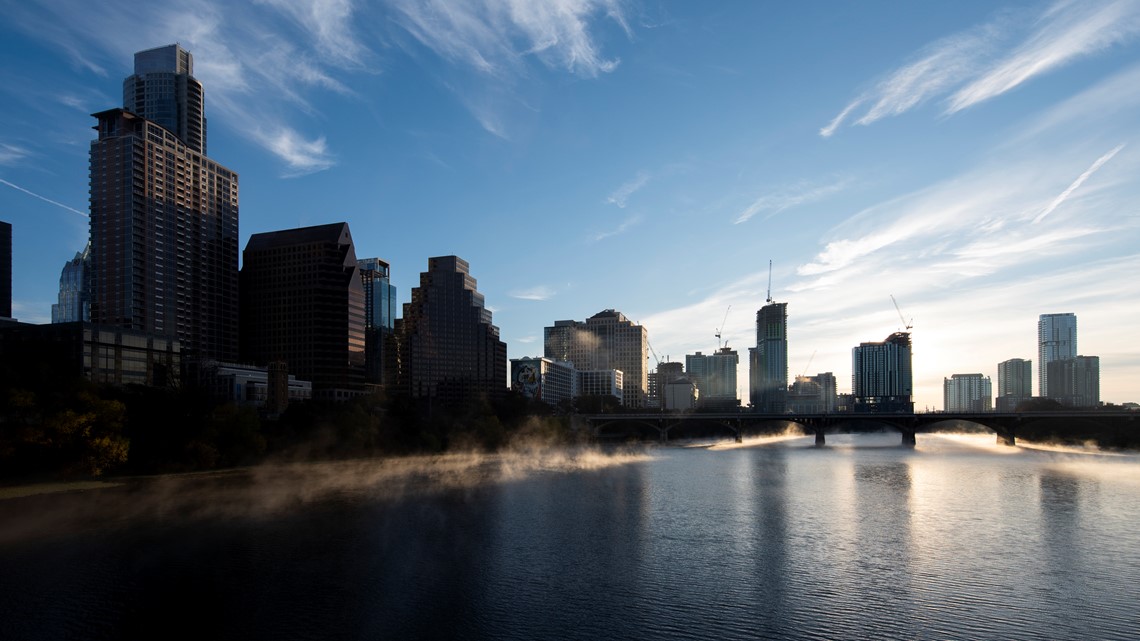
City leaders are hoping to put the comprehensive bond package up for voter approval in November 2026. Here’s what could be in it.
AUSTIN, Texas — Austin city leaders held a community meeting on Saturday to gather feedback from Austinites about what they want to see in the city’s 2026 bond package.
It is one of several listening sessions the task force, which will craft the bond proposal to be recommended to the city council, is holding over the next week. Saturday’s meeting took place at the Gus Garcia Recreation Center.
“We’ve been hearing a lot of presentations from departments and getting information and project lists, but now we want to hear from the community about what they think about the proposed project list that the city is developing,” Bond Election Advisory Task Force Vice Chair Francis Jordan said. “We want to hear if the project sounds good to them. Do they not sound good?”
Austin undergoes a general bond cycle every six years.
This time, Jordan said they want to come up with more baked ideas. In other words, they want a more accurate estimate of what the projects are going to cost, so people are really getting what they vote for.
“We want to have something a little baked. A project doesn’t have to take months or years to kind of figure out how much it costs,” Jordan said. “I think the biggest thing that’s really important is that we want projects that we can accomplish.”
For Haley Campbell, affordable housing is top of mind.
“I live in a neighborhood of really stark contrasts,” Campbell said. “My home and my neighbors’ homes are very welcoming and warm and lovely, and streets away, we have unhoused neighbors and homeless encampments.”
She wants to see what’s known as a “housing first” approach to homelessness.
“The best way, both financially and logistically, to end homelessness is just to put people in housing because it’s nearly impossible to maintain sobriety, mental health or employment if you have to overcome all of those barriers first to qualify for housing,” Campbell said. “If you just put folks in houses, they can access city services, benefit from them, and then become productive members of the community, and they don’t end up in this horrible cycle of being unhoused, jailed and unhoused again with no capacity to build better lives.”
It’s among the things the Bond Advisory Task Force is looking at as it puts together recommendations for city leaders on what should appear on the November 2026 ballot.
What could be in the bond proposal
Among the current proposals is $350 million for an affordable housing program, such as the creation, rehabilitation and retention of affordable rental and ownership housing. It could include land acquisition, rental housing development assistance projects, acquisition and development homeownership program and the home repair program.
Campbell said she is interested in the idea of the city owning and maintaining affordable housing units.
“If the city itself owned those buildings, and especially if the city was to create mixed housing units, which is to say, some housing units that are rent-reduced and some that are at market rate, that would give the city an income stream to help staff and maintain those buildings with the market rate units, while providing affordable housing opportunities for people who might not otherwise be able to maintain their rent and their homes,” Campbell said.
The city is considering 66 projects totaling $3.9 billion as part of the 2026 bond package. It includes a wide variety of things, from transportation and housing to expanding parks and green spaces.
“If we’re going to continue to invest in our green spaces, we have to make a commensurate investment in our public transit,” Campbell said. “Otherwise, the investment in our green spaces is just never going to pay dividends in the way that we would really want it to.”
Community members have submitted more than 100 other ideas. Jordan said many of them focused on senior centers, recreation centers, various initiatives and climate-related ideas.
Not all will be part of the bond, because the city has recommended a maximum bond of only $690 million.
“Our focus is really trying to get the right projects that do kind of cost a lot of money and can provide a lot of benefit to the community,” Jordan said.
Campbell said she would like to see more recreation centers, libraries and parks in northeast Austin.
“The city has invested the majority of its funds into the city center, the downtown core, which makes sense, but leaves the rest of us completely in the lurch,” Campbell said. “We don’t have any walkable parks in my neighborhood, and we’ve got a ton of kids who would really benefit from something like that, including my own child.”
The discussions about a 2026 bond come just days after Austin voters rejected Proposition Q by a wide margin.
A bond is different. Rather than an ongoing yearly increase in taxes, like increasing your monthly household budget, bonds are one-time investments repaid over decades and raise the debt portion of property taxes.
“It’s more of a loan, which is different than kind of getting taxes to do operating costs,” Jordan said.
City leaders are hoping to put the comprehensive bond package up for voter approval in November 2026.
The Bond Election Advisory Task Force is also holding a virtual meeting on Nov. 18 from 6-8 p.m. and Nov. 20 from 6-8 p.m. at the Rudy Mendez Recreation Center.
Early next year, working groups will present to the task force, and then there will be another round of outreach, during which Jordan said they will have more information on prioritization and projects. In May, they plan to make a recommendation of a package to the city council. The city council will ultimately have to vote on the bond package.
